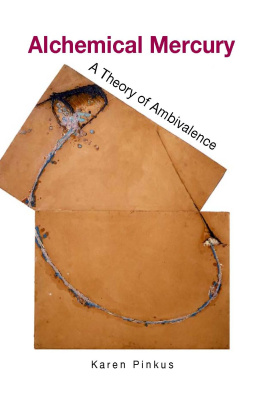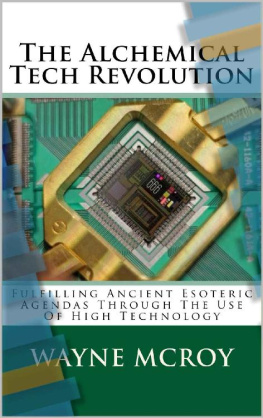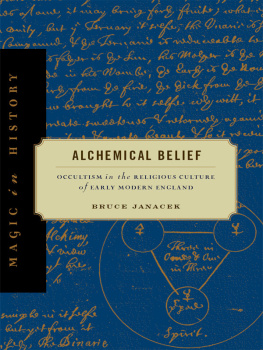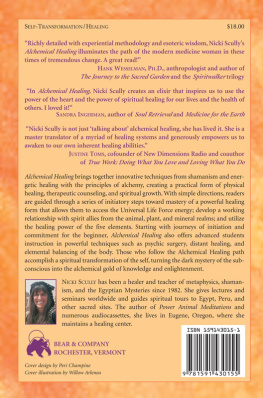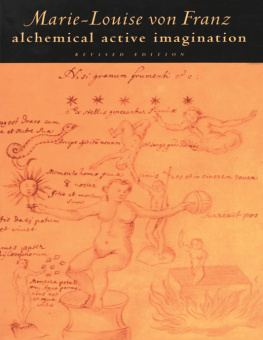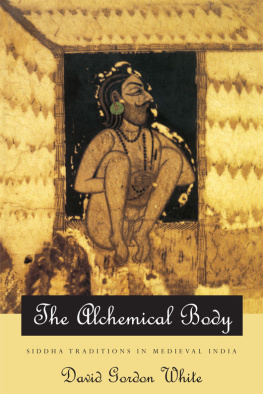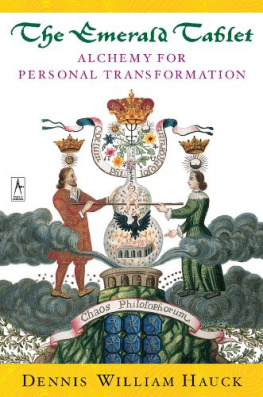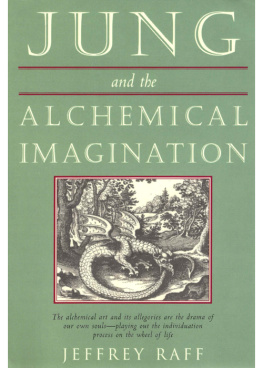Pinkus - Alchemical mercury a theory of ambivalence
Here you can read online Pinkus - Alchemical mercury a theory of ambivalence full text of the book (entire story) in english for free. Download pdf and epub, get meaning, cover and reviews about this ebook. City: Stanford;Calif., year: 2010;2011, publisher: Stanford University Press Birmingham;AL;USA EBSCO Industries Inc, genre: Detective and thriller. Description of the work, (preface) as well as reviews are available. Best literature library LitArk.com created for fans of good reading and offers a wide selection of genres:
Romance novel
Science fiction
Adventure
Detective
Science
History
Home and family
Prose
Art
Politics
Computer
Non-fiction
Religion
Business
Children
Humor
Choose a favorite category and find really read worthwhile books. Enjoy immersion in the world of imagination, feel the emotions of the characters or learn something new for yourself, make an fascinating discovery.
- Book:Alchemical mercury a theory of ambivalence
- Author:
- Publisher:Stanford University Press Birmingham;AL;USA EBSCO Industries Inc
- Genre:
- Year:2010;2011
- City:Stanford;Calif.
- Rating:3 / 5
- Favourites:Add to favourites
- Your mark:
- 60
- 1
- 2
- 3
- 4
- 5
Alchemical mercury a theory of ambivalence: summary, description and annotation
We offer to read an annotation, description, summary or preface (depends on what the author of the book "Alchemical mercury a theory of ambivalence" wrote himself). If you haven't found the necessary information about the book — write in the comments, we will try to find it.
Pinkus: author's other books
Who wrote Alchemical mercury a theory of ambivalence? Find out the surname, the name of the author of the book and a list of all author's works by series.
Alchemical mercury a theory of ambivalence — read online for free the complete book (whole text) full work
Below is the text of the book, divided by pages. System saving the place of the last page read, allows you to conveniently read the book "Alchemical mercury a theory of ambivalence" online for free, without having to search again every time where you left off. Put a bookmark, and you can go to the page where you finished reading at any time.
Font size:
Interval:
Bookmark:
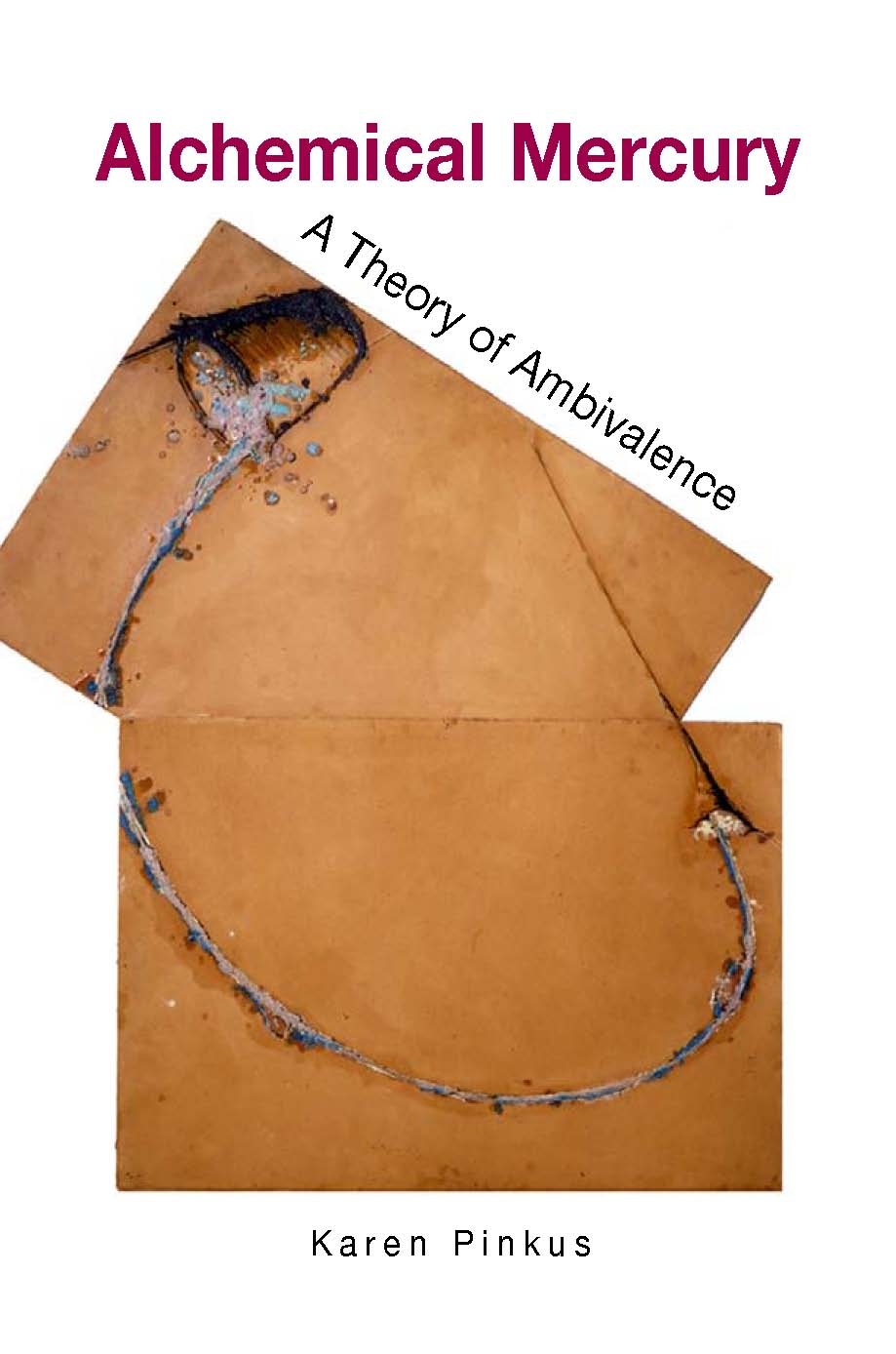
Generous support from the University of Southern California College deans, the Early Modern Studies Institute at USC, and the Borchard Foundation made this book possible. My heartfelt thanks to the many libraries and collections where I researched, including the Biblioteca Philosophica Hermetica (Amsterdam), the Warburg Institute Library (London), The Huntington (San Marino), and the Getty Research Institute (Los Angeles), where David Brafman, in particular, shared his expertise. Colleagues at Cornell, University of Colorado, University of Oregon, University of Sussex, and USC asked challenging questions when I presented work in progress. Paolo Matteucci served as my research assistant, funded by a USC Provosts Strategic Theme Fellowship. Without his help this book might never have seen the light. Cecilia Boggio and Carolyn ONeill also researched in the projects early stages. The students in my seminar on alchemy in Fall 2007 gave me ideas and energy. My parents took me to the Metropolitan Museum of Art so often that Davids portrait of Lavoisier was imprinted in my brain and I couldnt help but write about it. Jane Winston and Sharon Achinstein read Marx with me. Francesco Adinolfi, Cristina Bartoccioli, Anna Camaiti, Roberto Diaz, Gabriel Giorgi, Maurizio Giuffredi, Bob Kaufman, Panivong Norindr, Sabrina Ovan, Tommaso Pomilio, John David Rhodes, Joy Sleeman, Peter Starr, and Bernard Yenelouis provided unconditional support and friendship. Orlando Bentancor, Richard Block, Tom Conley, Margie Ferguson, Peggy Kamuf, Natania Meeker, and Hilary Schor read all or parts of the manuscript and gave me amazing advice. I owe them jumbo loans, taken out, at times, on lousy credit.
The clear bottle and window on the left create a crucial link between this advertisement and Dutch painting of the seventeenth century, which is fundamental to my thinking about alchemy in the broadest terms. For the window composition see Cole and Pardo 1.
Such alchemical-temporal experimentation is especially characteristic of the Italian art movement known as arte povera discussed in more detail in Chapter 7.
It has even been suggested that kimiya came to Arabic from Chinese, where it signified a liquid extracted from gold (Zinguer 171). Newman follows the historian A. J. Festugire in distinguishing a number of phases in early alchemy: (a) alchemy as a form of technologygems, stones, dyes, and so on (from Egyptian antiquity to ca. 200 B.C.E.); (b) technical recipes with an interest in sympathies and antipathies of material elements (ca. 200 B.C.E.100 C.E.); (c) the joining of philosophy and chemistry, exemplified by the figure of Zosimos (ca. 300 C.E.).
Many alchemical texts list the (often seven, but sometimes as few as three or four) stages of the process. Yet there are nearly as many variations in these stages as there are alchemical treatises. For instance, a fairly common list might include: calcinatio , sublimatio , solutio , putrefactio , distillatio , coagulatio , and tinctura (Calvesi 1993, 136). The Rosarium Philosophorum (almost certainly a medieval text, but printed in 1550) instead offers: solution, conjunction/fermentation, conception /putrefaction, mortification, extraction/impregnation, purification/ablution, jubilation/sublimation, regeneration. And so on. The question of which series to accept as dominant is tied, obviously, to the difficult question of an alchemical canon.
Although the progressive stages as mentioned above do not constitute oppositions, what Derrida writes in this context is still important to keep in mind. That is, a list is only useful when there is a guiding principle or matrix within which the single elements can be measured. In alchemy, if the stages themselves may vary, what remains invariable is the declaration that the stages must be followed in their particular order (whatever it might be), so that no stage is skipped, and each one is allowed to reach its fulfillment before the alchemist moves on to the next stage. Failure to proceed in this manner interrupts the Great Work and constitutes a falling back to the beginning (often represented with an image of the alchemist literally losing his footing, stumbling, or tumbling from a ladder). In other words, the matrix of the alchemical list of stages is linear and teleological. Any deviation from the trajectory means failure (or provides a postfactum alibi for failure). See the epigram of the footless alchemist locked out of the garden from Maiers Atalanta fugiens () for a visual example of this trope.
The prefix ambi (or ambo ) might be thought to signify both of any two (and only two) objects, as when we refer to ambidexterity. The question of whether we can extend ambivalence to a situation in which more than two objects are in play is complex, and it certainly has implications for the discussion of the theme of a choice of three (caskets, women). Sarah Kofman notes that while ambiguity may refer to one sense or another, ambivalence is simultaneously two opposing senses: Le sens et le non-sens; non pas lamour ou la mort mais lamour et la mort (28).
An Act to Repeal the Statute Made in the Fifth Year of King Henry the Fourth, Against the Multiplying Gold and Silver, Anno Regni Gulielmi et Mariae, Regis & Reginae Angliae, Franciae & Hibernia (London: Charles Bill and Thomas Newcomb, 1688). For centuries, transmutation had been a felony. Now,
whereas since the making of the said statute, divers persons have by their study, industry and learning, arrived to great skill and perfection in the art of melting and refining of metals, and otherwise improbing them and their dies (which very much abound within this realm) and extracting Gold and Silver out of same; but dare not exercise their said skill within this realm, for fear of falling under the Penalty of said statute, but exercise the said art in foreign parts, to the great loss and detriment of this realm: Let it be therefore enacted by the King and Queens most excellent majesties, by and with the advice and consent of the Lords Spiritual and Temporal, and Commons in this present parliament assembled, that from henceforth the aforesaid branch, article or sentence contained in the said Act ... shall be repealed.... Provided always, and be it Enacted by the Authority aforesaid, That all the Gold and Silver that shall be Extracted by the aforesaid Art of Melting and Refining of Metals, and otherwise Improving of them and their Dies as before set forth, be from henceforth Employed for no other Use or Uses whatsoever, but for the Increase of Moneys: And that the place hereby appointed for the Disposal thereof, shall be Their Majesties Mint within the Tower of London; At which place they are to receive the full and true value for their Gold and Silver so extracted from time to time, according to the Assay and Fineness thereof; and so for any greater or lesser weight: And that none of that Metal of Gold and Silver so refined and extracted, be permitted to be used or disposed in any other place or places within Their Majesties Kingdoms and Dominions. Provided also, and be it further Enacted by the Authority aforesaid, That no Mine of Copper, Tin, Iron, or Lead, shall hereafter be adjudged, reputed or taken to be a Royal Mine, although Gold or Silver may be Extracted out of the same. (44345)
A letter from Newton to Locke dated 1672 credits this repeal to the efforts of no less a personage than Robert Boyle ( Alchemy 283).
For an overview of Jungs intellectual development and engagement with alchemy, see Jaff.
Maurizio Calvesi addresses this conundrum. He was accused of being a Jungian, but he claims that he was simply interested in the visual images he found in Jungs Psychology and Alchemy (Calvesi 1993, xxi).
Font size:
Interval:
Bookmark:
Similar books «Alchemical mercury a theory of ambivalence»
Look at similar books to Alchemical mercury a theory of ambivalence. We have selected literature similar in name and meaning in the hope of providing readers with more options to find new, interesting, not yet read works.
Discussion, reviews of the book Alchemical mercury a theory of ambivalence and just readers' own opinions. Leave your comments, write what you think about the work, its meaning or the main characters. Specify what exactly you liked and what you didn't like, and why you think so.

